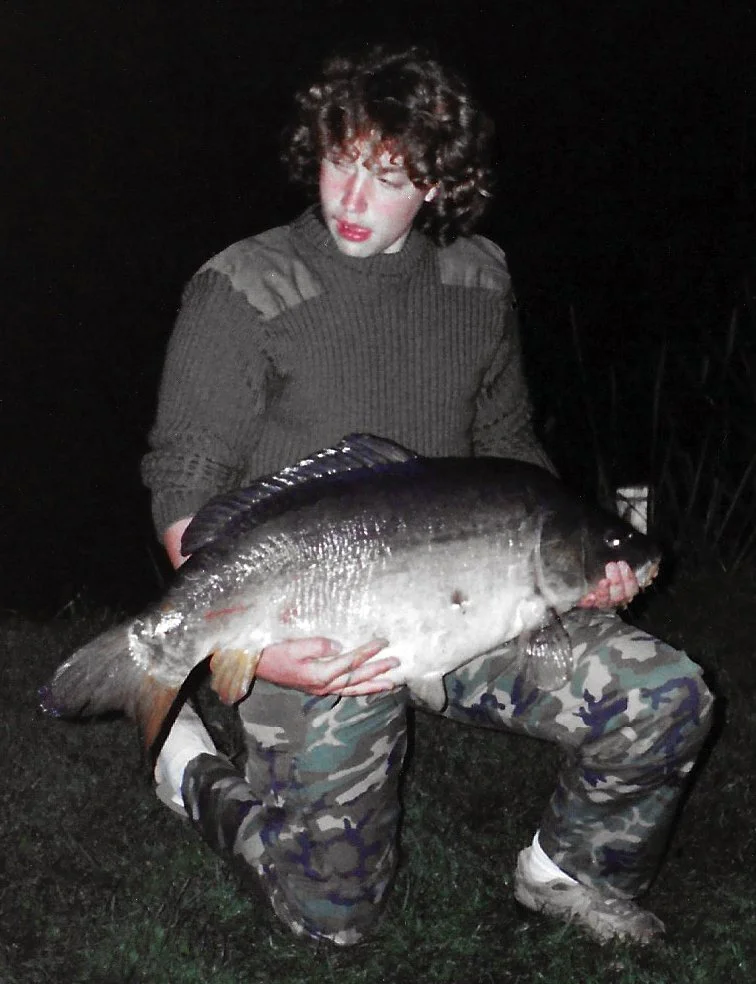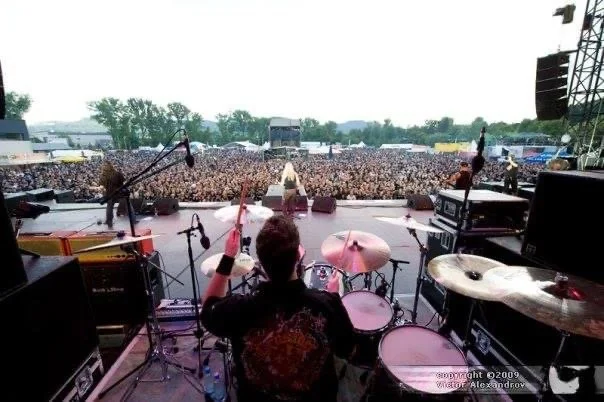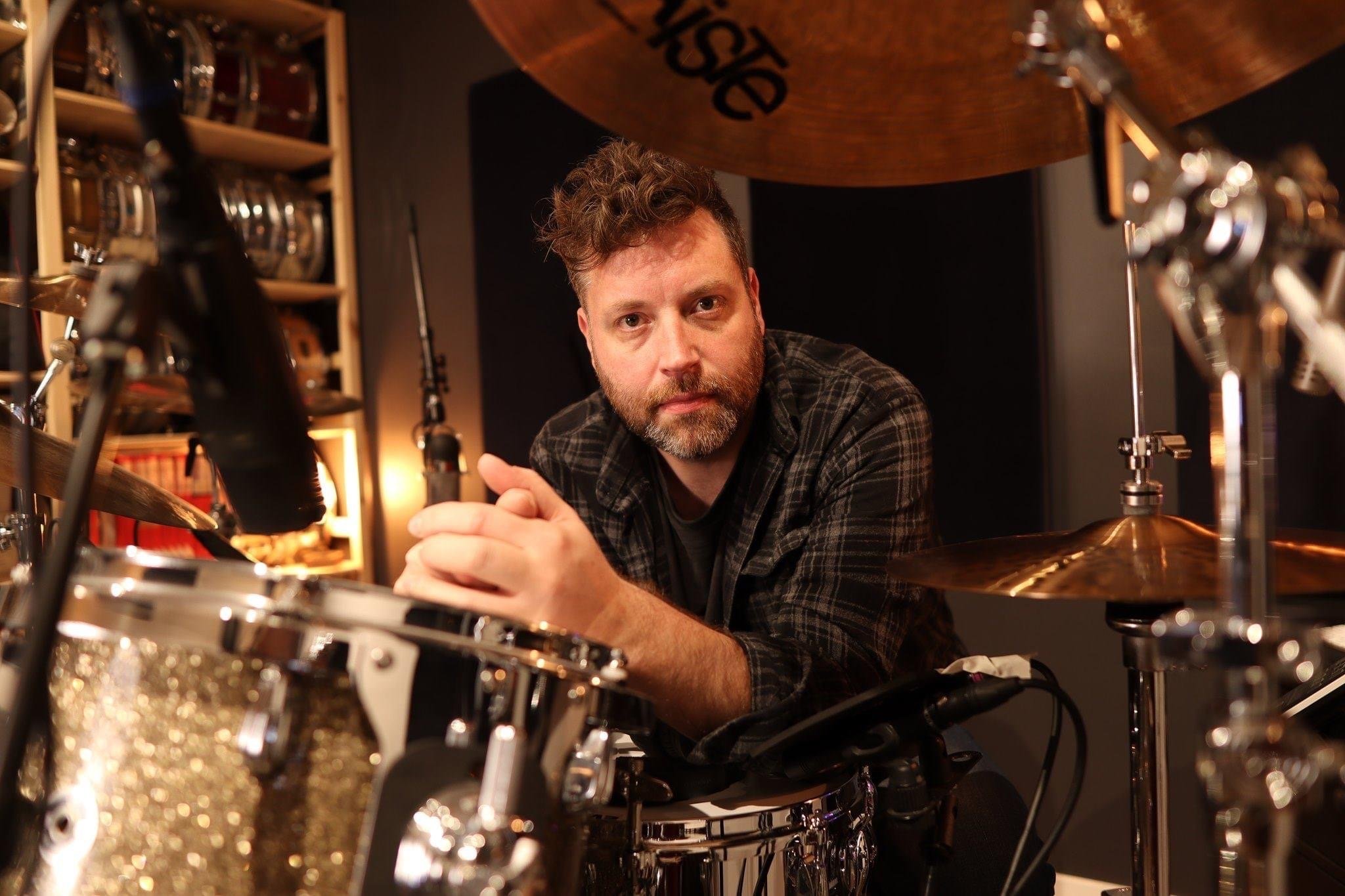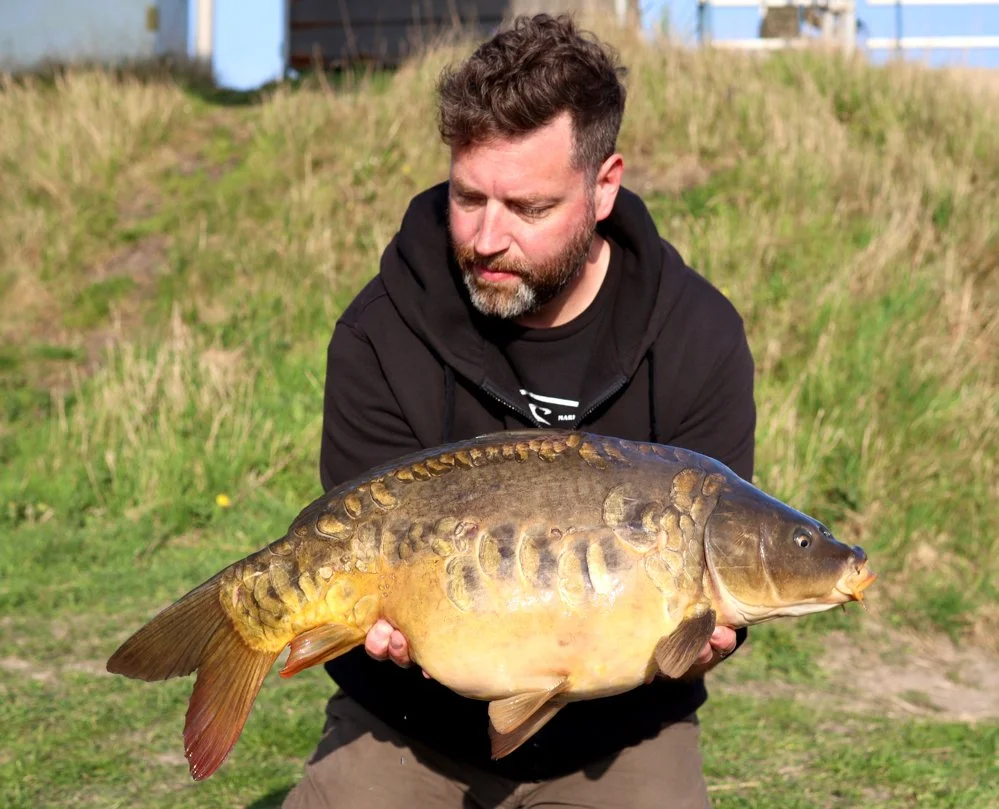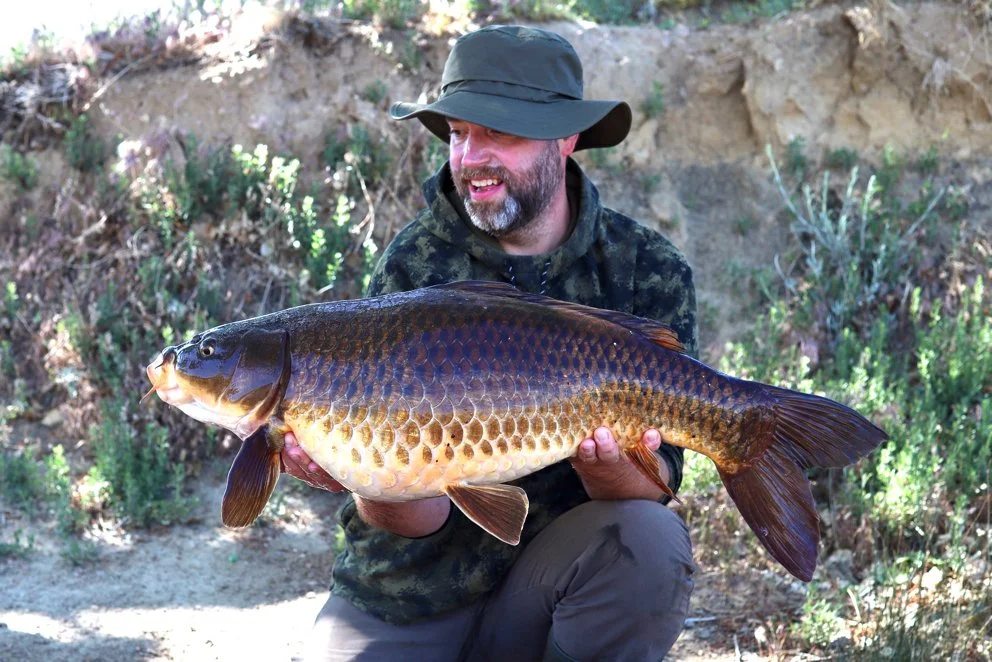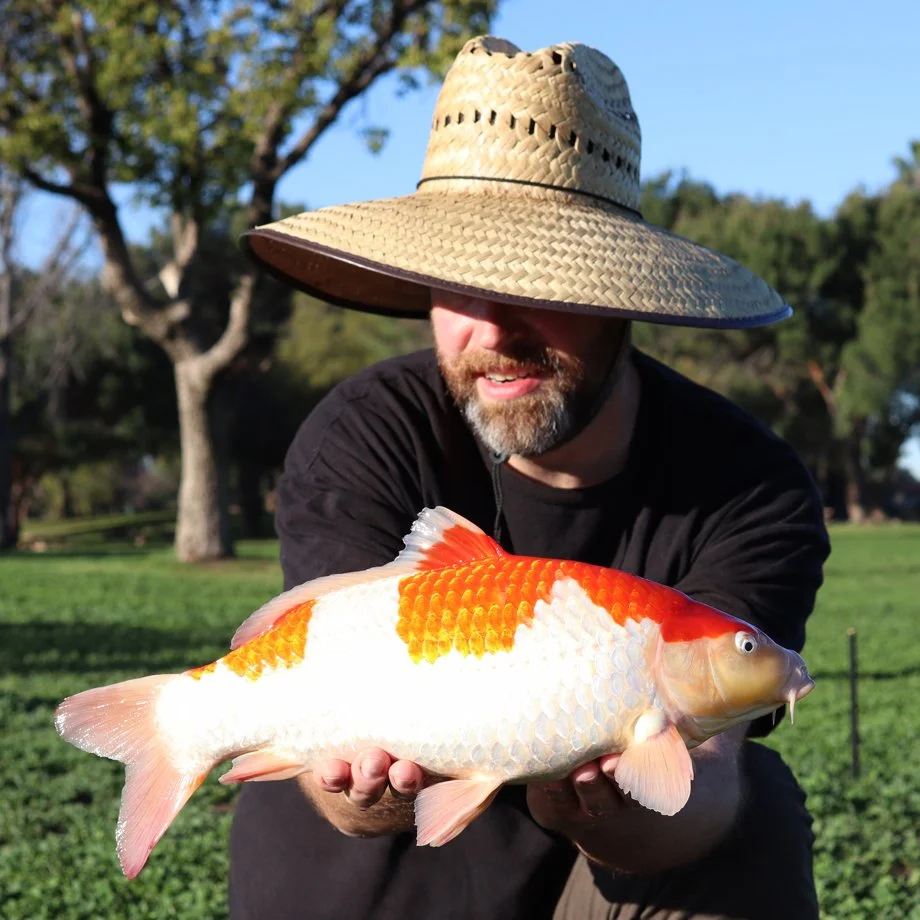The Session Guy
by
Dennis Leeflang
As a kid growing up in Holland in the 80’s, fishing was part of my life from the moment I could hold a pole. Roach, bream, perch. I got into carp fishing at age 12 when seeing my cousin (who is 14 years older than me) fishing at a local canal. Carp angling became my entire life that day, until music took over.
Dutch PB, 35.5 LB, 1992
After completing high school I toured Europe with my band after which I made the move to New York City to pursue my dreams as a full-time working drummer. Carp fishing all but disappeared from my life then, but never from my mind.
After an almost two-decade period of only sporadic fishing when visiting my family, and now living in Southern California, the itch became stronger and eventually had to be scratched. Never one to just dabble, I jumped back into carp angling full-force as the pandemic hit the world.
Still working full-time as a session drummer, travel had come to a complete stop due to the pandemic, which offered a good amount of spare time for me to dive back into the carp angling rabbit hole. With all the knowledge and memories of carp angling in Holland still vivid, I hit the ground running. Yeah… Not so much. I was blanking. Days on end, save the odd channel cat. This is where the real adventure started for me.
California summer common at a large reservoir
Carp in the USA share the same DNA with the carp in Europe, but a lot of it ends there. Southern California offers a radically different climate, ecosystem and environment for both fish and angler. Different natural food sources, different other species in the water, all contributing to different carp behavior.
Beast at a tiny, shallow park pond
Blindly fishing a lake with boilies turned out to largely be a fail. Packbait was a new concept for me and casting an 8oz lump any kind of serious distance was a challenge to get used to. Boilies can still work, but not always or anywhere. Particles are universally effective but with chumming being illegal in California, the challenges were stacking up. I had to start from scratch and figure this thing out.
Beautiful little “stocky” at a canal in Holland
I truly felt like I was in a new world, re-discovering a familiar species, and learning new ways to catch them. Virtually all carp in California are wild. No new strains are stocked anywhere. All carp are essentially descendants of the first stock released in the 1800’s.
No “pay lakes”, day ticket lakes or syndicates on lakes specifically designed for carp angling with an exactly tracked stock of fish in them, each fish having a name. No government projects stocking beautiful new strains of mirror carp in public waters regularly. Just anonymous, wild carp.
Incredibly colored California common
With relatively few carp anglers, and the vast majority of the small group of anglers in the area mostly fishing a handful of popular lakes, there are a lot of unexplored waters and a lot of carp that have never been hooked. Little to no information is available about carp stock in any given body of water and locating large specimens is a massive challenge.
At some of the popular lakes, you roughly know what to expect in terms of how many fish and what size you may catch in a session, but lakes with detailed information on carp stock simply don’t exist. I’ve personally grown to really enjoy this exact concept. There’s nothing more exciting than turning up at a lake or pond you know nothing about and finding out what’s in there.
Surprise little Koi at a big lake
Sometimes a massive reservoir only produces small carp. Sometimes a tiny park pond unexpectedly holds massive fish. Playing the game without knowing the prizes. Sometimes the challenge is to get a bite at all at a lake that’s known not to carry big fish but the stock is notoriously difficult to hook. Size doesn’t matter in that case.
Figuring out a way to finally trick them is the name of the game. As opposed to most of Europe, where it is illegal to kill carp, certain communities catch carp for food. Even harder to wrap my head around was the fact that there is a mysterious hatred for carp amongst bass anglers in the US, completely based on misinformation and folklore. Navigating this can be tricky at some lakes.
Winter fishing in Holland
I’ll fish some of the popular lakes with a friend sometimes because it’s often a comfortable park situation where he can bring his kids and it’s a fun day out. But the fish we’ll catch are predictable, and often “meat-eaters” are watching us closely.
My personal preference is to explore completely uncharted waters. Small park ponds that have “no way there’s good size carp in here” written all over them, hidden-away reservoirs, streams. Some of my best catches came from waters where no other carp anglers go. To me, there’s no greater satisfaction than to land a carp from a water where the fish are wild, pristine and unpressured. To catch a glimpse of a part of nature otherwise hidden to the world.
California reservoir common
Some lakes will absolutely not produce any fish without at least a few days pre-baiting. Other waters will produce fish at any time within minutes. The carp may feed only during the mid-morning hours at one lake but only late afternoon at another. And that might flip around during the winter months. Recording all this information enables me to fish more and more effectively and even fish 2 or 3 waters in one day and catch at all of them.
Beautiful mid-20 common from a lake people assured me had no fish over 20lb
As Luis Montes calls it: “unlocking the lake”. It’s like solving a massive jigsaw puzzle that will never be solved completely but despite that knowledge there’s an irresistible urge to keep solving as much of it as I humanly can. I’ve only just matched up a few pieces of the SoCal carp puzzle but it’s already revealed a beautiful picture.
It’s not just about the fish…
Thanks for taking the time to read a brief account of my transatlantic/Southern Californian session experiences, I hope to write another follow-on blog or two in the coming months/years.
Hope you’re having a great season out there so far…
Best wishes from the “Session Guy”
Dennis

